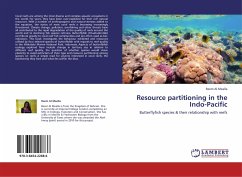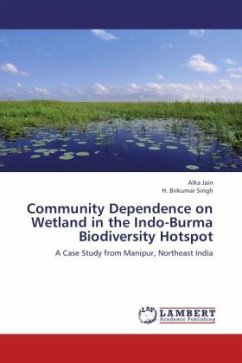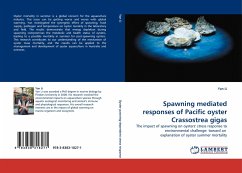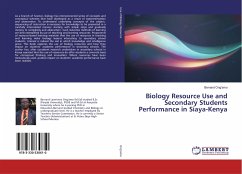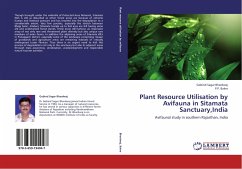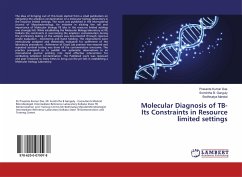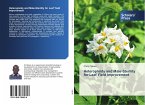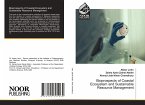Coral reefs are among the most diverse and complex aquatic ecosystems in the world. For years, they have been over-exploited for their rich natural resources. With a number of anthropogenic and natural stresses added to the equation, the status of most coral reefs is becoming increasingly threatened. Climate change, pollution, overfishing and other threats have all contributed to the rapid degradation of the quality of reefs around the world and to declining fish species richness. Butterflyfish (Chaetodontids) contribute greatly to coral reef fish communities and are often used as bio-indicators. This book investigates the behaviour exhibited and resources utilised by four selected species of butterflyfish with regards to reef quality in the Wakatobi Marine National Park, Indonesia. Aspects of butterflyfish ecology explored here include change in territory size in relation to different reef quality, the question of whether species would show plasticity to avoid extinction of their type and resource partitioning among species on reefs. A simple read for anyone interested in coral reefs, the biodiversity they host and what lies within the blue.
Bitte wählen Sie Ihr Anliegen aus.
Rechnungen
Retourenschein anfordern
Bestellstatus
Storno

